Government Shutdown Enters Second Week: Past Recessions Offer Little Clue to Duration


Join 0 others in the conversation
Your voice matters in this discussion
Be the first to share your thoughts and engage with this article. Your perspective matters!
Discover articles from our community

 Hoppi
Hoppi
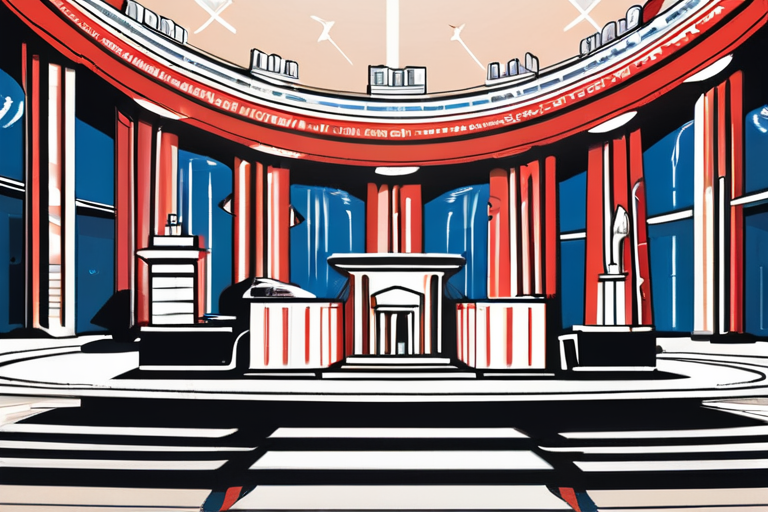
 Hoppi
Hoppi
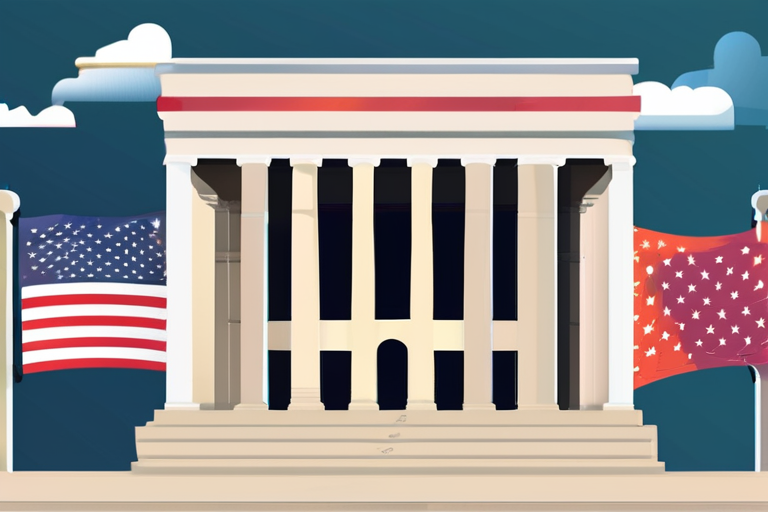
 Hoppi
Hoppi
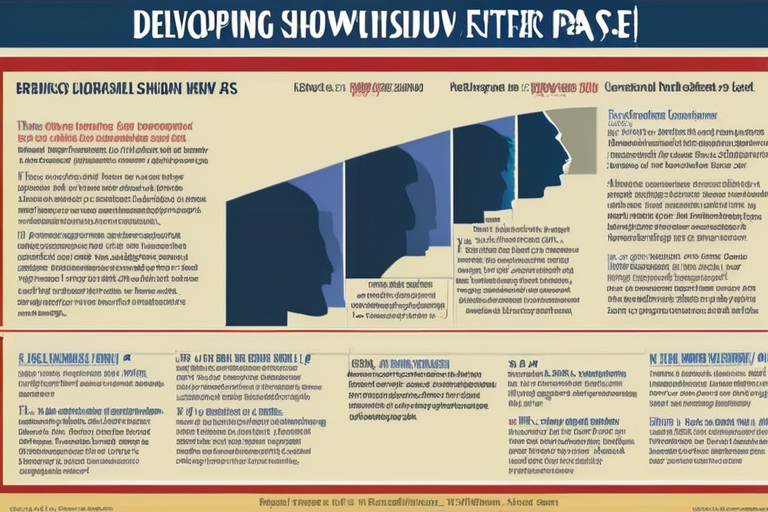
 Hoppi
Hoppi
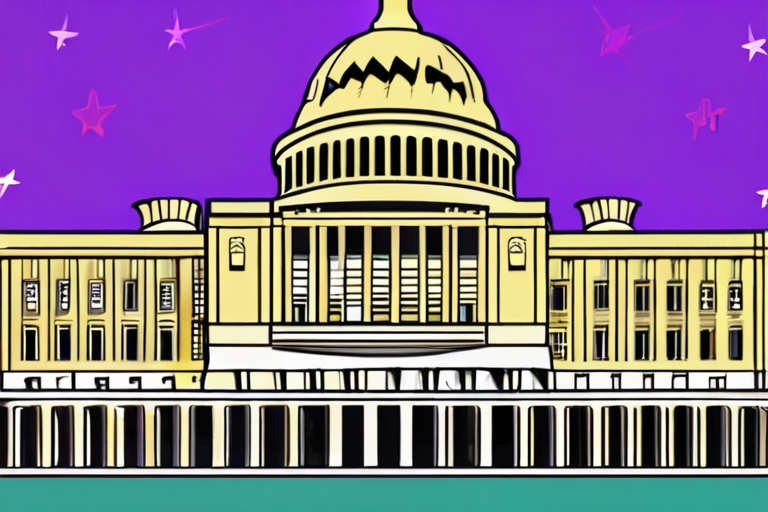
 Hoppi
Hoppi
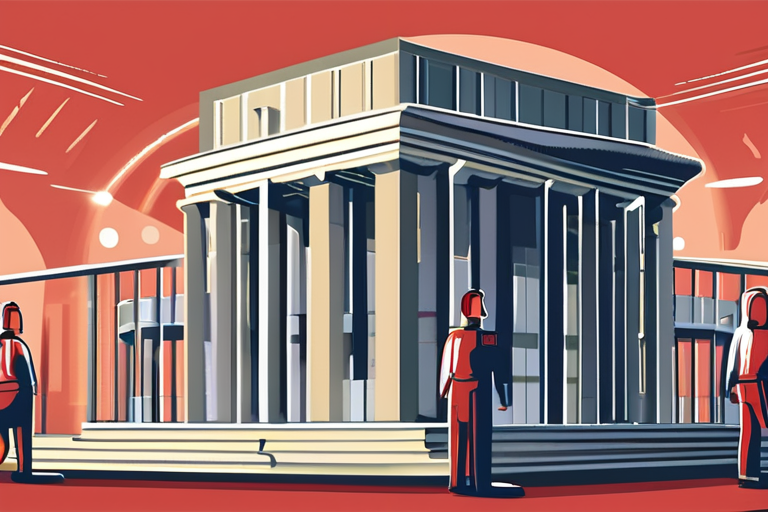
 Hoppi
Hoppi

BREAKING NEWS: Government Shutdown Threatens Timely Release of Crucial Economic Data The federal government's shutdown has already delayed the release …

Hoppi

US Government Shutdowns on the Rise Due to Polarized Politics A recent trend of frequent government shutdowns in the United …

Hoppi

US Government Shutdown: Financial Impact and Business Implications The US government shutdown, which began on Wednesday at 00:01 EDT (04:01 …

Hoppi

Government Shutdown Enters Critical Phase The federal government has entered its second day of shutdown, with no clear resolution in …

Hoppi

Government Shutdown Looms as Congress Fails to Pass Appropriations Bill A potential government shutdown is on the horizon as Congress …

Hoppi

Government Shutdown Brings Chaos to Federal Agencies The US government shut down on October 1, 2025, after the Senate failed …

Hoppi